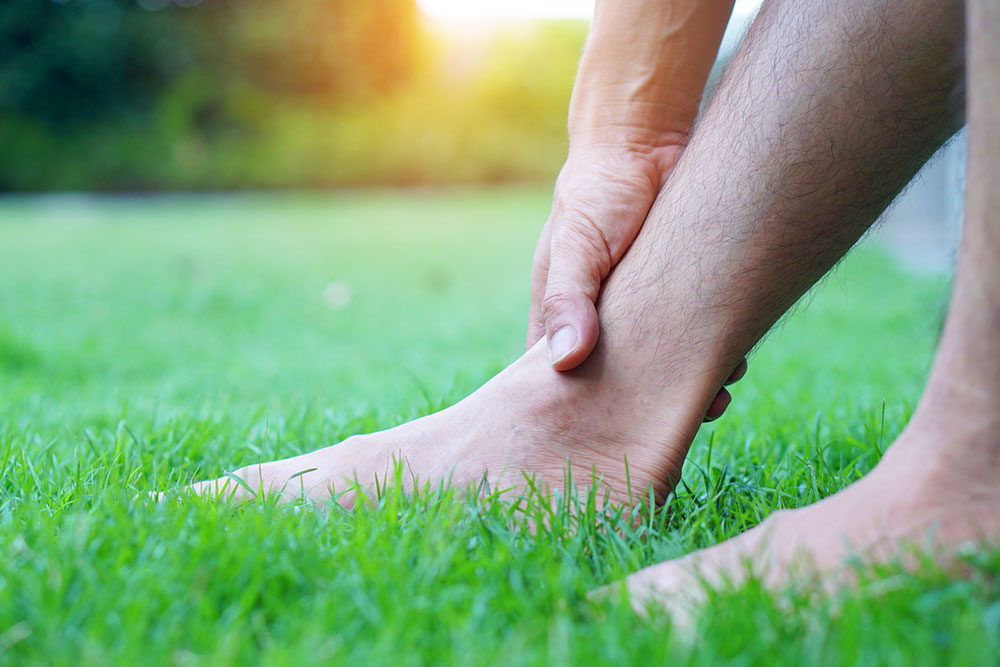
Muscular dystrophy – Causes, signs, and management options
Muscular dystrophy is a group of genetic conditions characterized by loss of muscle mass and severe muscle weakness. There exist over 30 health conditions under the broad category of “muscular dystrophy,” with scoliosis, Becker muscular dystrophy, and Duchenne muscular dystrophy being some. While muscular dystrophy symptoms often manifest between 10 and 30 years of age, they may occur any time from birth to the age of 70. Keep reading to know more about this condition.
Causes of muscular dystrophy
Muscular dystrophy is characterized by genetic mutations that regulate muscle function and structure. Such mutations lead to the loss of glycoproteins in cells, triggering the onset of the disease. In most cases, the affected individual may inherit this genetic mutation from one or both parents. However, certain studies suggest that in about 30% of children with Duchenne muscular dystrophy, this condition was newly developed in their bodies and not inherited.
Diagnosing muscular dystrophy
Following a physical examination and review of the patient’s family health history, doctors may diagnose muscular dystrophy through the following techniques:
Genetic testing
The patient’s blood samples may be taken to identify genetic mutations causing muscular dystrophy.
Muscle biopsy
In this diagnostic technique, a small muscle tissue sample is extracted through an incision or using a hollow needle. This tissue sample is then examined to diagnose muscular dystrophy.
Enzyme tests
When muscles are damaged, they secrete certain enzymes, such as creatine kinase, into one’s bloodstream. High levels of creatine kinase may indicate muscular dystrophy in many cases.
Electromyography
In this procedure, an electrode needle is inserted into the muscle, and electric activity is measured while the individual contracts and relaxes the muscle being tested. Unusual electrode patterns may indicate the onset of a muscular disease.
Symptoms of muscular dystrophy
Difficulty rising from a seated position
Progressive muscle weakness due to muscular dystrophy causes patients with muscular dystrophy to experience difficulty rising from a lying or seated position, making it challenging to rise from bed in the morning or after being sedentary for a while.
Trouble with movement
As mentioned earlier, muscular dystrophy involves glycoprotein deficiency in cells, which can cause problems with walking, jogging, jumping, and muscle coordination.
Dysphagia
Some patients with certain types of muscular dystrophy may suffer from dysphagia or difficulty swallowing. Studies indicate that muscular dystrophy involves dysphagia upon swallowing solid food. Dysphagia can aggravate other muscular dystrophy symptoms.
Walking on one’s toes
Muscular dystrophy is indicated by the weakening of muscle fibers with time, causing patients to walk on their toes often. This symptom typically shows up at advanced stages of muscular dystrophy.
Enlarged calf muscles
The displacement of fat and connective tissues among patients with muscular dystrophy may cause one’s calf muscles to become enlarged. The onset of fibrosis in the calf muscles has also been reported in some instances.
Frequent falls and loss of balance
Since muscular dystrophy involves progressive muscle damage, individuals with this condition are highly prone to falls and accidents, necessitating fall-proofing of one’s home as a preventive measure.
Treatment options
Although there is currently no definite cure for muscular dystrophy, certain interventions can help manage the conditions better. Some treatment options for muscular dystrophy, typically recommended by doctors, are as follows:
Braces
Wearing braces can help slow down the progression of contractures, which occur due to the shortening of the muscles and tendons. They can also assist patients with muscular dystrophy in moving about.
Range-of-motion exercises
Muscular dystrophy reduces joint mobility, causing the limbs to draw inward permanently. Range-of-motion exercises help with joint health, enabling patients to manage their mobility issues better.
Low-impact aerobic exercises
While patients with muscular dystrophy may be unable to perform high-intensity workouts due to muscle weakness, low-impact aerobic exercises like walking and swimming are often helpful in increasing mobility, ensuring joint flexibility, and managing muscular dystrophy symptoms. However, it is best to consult one’s doctor before trying these exercises.
Ventilator support
In some cases, the weakening of the respiratory muscles due to muscular dystrophy may necessitate ventilator support for oxygen supply, particularly at night.
Surgical intervention
Sometimes, health experts may suggest surgical interventions to correct spinal curvatures or contractures. Sometimes, a cardiac device, such as a pacemaker, may be required if there are heart-related complications associated with muscular dystrophy.
Alongside consulting a healthcare professional and seeking treatment for muscular dystrophy, certain lifestyle changes can provide symptom relief and help manage symptoms. After consulting a nutritional expert, patients should have high-fiber, high-protein meal plans low in calorie count. Engaging in low-impact activities as much as possible can also help with joint pain relief and ensure mobility.



